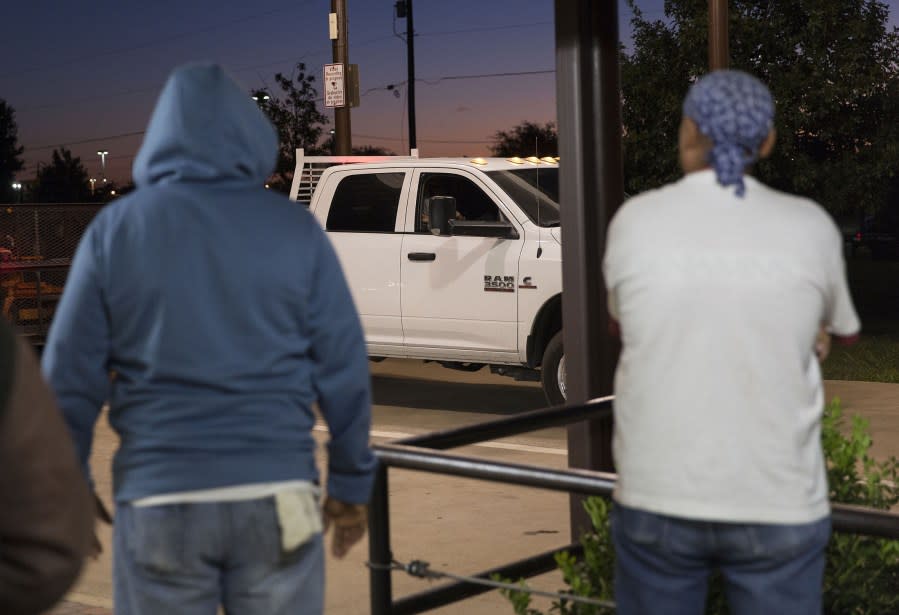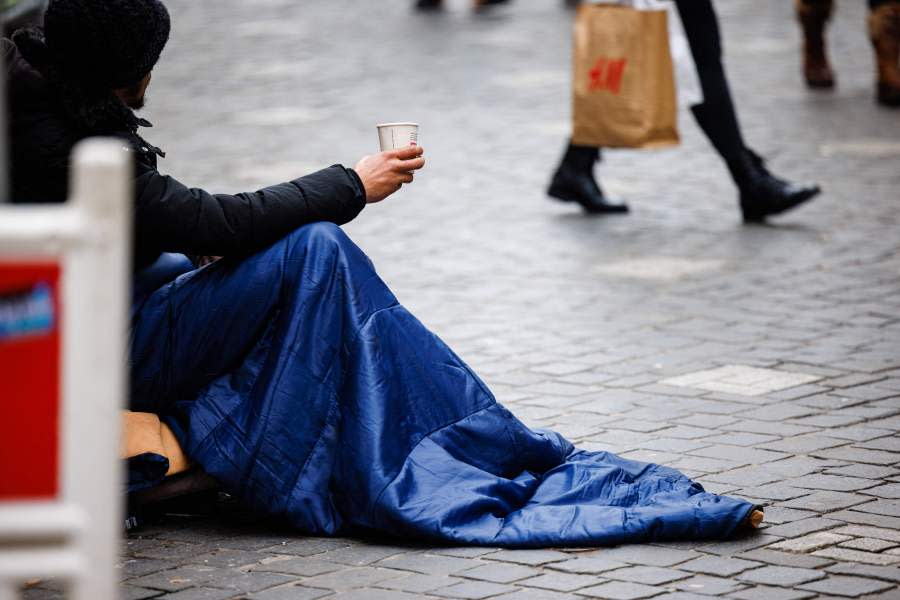Three misconceptions about human trafficking in Colorado

(COLORADO SPRINGS) — Many people living along Colorado’s Front Range have heard the rumor that a lot of human trafficking takes place along the I-25 corridor. Kara Napolitano, Research and Training Manager for Combat Human Trafficking, says this is a common misconception.
“We are looking at root causes, at what makes somebody vulnerable,” said Napolitano. “What’s tied to vulnerability? Highways are not a root cause of trafficking. They are a means by which someone is transported.”
Misconception #1: Trafficking involves movement
Trafficking happens everywhere, according to Napolitano. It seems to happen more in urban areas, or along large highways, simply because there are more people in those areas. But those who fight human trafficking have seen a lot of activity along rural highways too. The point is that wherever there are people, there is human trafficking.

It’s important to remember that movement is not required for trafficking to occur. You can be trafficked without even leaving your home. “30% of perpetrators are parents or guardians,” Napolitano said. “40% of perpetrators are intimate partners. That’s 70% of perpetrators who are someone that the victim knows and loves.”
She provided an example of a kid who was being trafficked by his parents.
“This is a true story. He was going to school during the day. I know this person as an adult now. He was a good student and no one ever suspected abuse. And then at night and on the weekends, his parents were selling him for sex. And it was via Craigslist and Facebook Messenger. And it was like right out of his hometown, like sometimes out of his home, sometimes hotels and motels. But he was just like your average kid in a Colorado community, you know, and there was no movement.”
Misconception #2: Trafficking victims are usually abducted
“There’s this imaginary narrative that like everybody’s kidnapped out of the Target parking lot,” Napolitano said. “But it’s just not the reality.”
Many times, victims of trafficking consent to something in the beginning. They make an agreement with their trafficker for some kind of exchange. At first, there is an illusion of control. Red flags are ignored because the victim is usually in a position of vulnerability—in need of money, a job, or someone to care for them. A deal is struck. And then, things go badly wrong.

“The consent is to the thing that gets offered–the love, the mentorship, the housing, the job, the drugs,” Napolitano said. “In some cases, you know, people are coerced through drug use.”
Nobody consents to be trafficked, but it’s not as simple as being forced, either. “Pieces of the relationship are consensual while the person is also simultaneously being exploited,” Napolitano said.
This dynamic can make trafficking difficult to address, for anyone trying to stop it. From the outside, the relationship between victim and trafficker can look like family, romance, or a work agreement. “Nobody’s trying to get away,” Napolitano said. “No one’s running, you know, or crying. And so it’s like, ‘how do I help when I can’t figure out what’s consensual and what’s not?’ It makes it just extra challenging.”
Napolitano gave an example of someone who pays a smuggler to get them over the border—$5,000 in exchange for that service. But then they get to America and the smuggler says: “Ok, now I’m going to tell you that I know that you’re in this country illegally. I know where your family lives. I need you to pay me another $3,000 or else I’m going to hurt your family and report you.”
“That in and of itself is still not trafficking,” said Napolitano. “It’s extortion. But it happens a lot. And then sometimes it gets taken one step further. Maybe the person being extorted says, well, I don’t have $3,000. So they’re brought to a construction site or a farm or a restaurant where they’re forced to work to pay off a debt that is imaginary, and not consensual. It’s an extorted debt. That’s when it becomes trafficking.”
Misconception #3: Only young females get trafficked
When human trafficking is discussed, people often think of a certain type.
“It’s usually oversexualized females,” Napolitano said. “They’re usually portrayed as white or Asian. And, you know, everyone looks like they’re about to start crying.”
She stressed the importance of changing this narrative to be more inclusive of all identities, ages, and genders. Because many times people don’t think of themselves as trafficking victims, simply because they don’t fit the stereotypical victim profile.

“They know the situation they’re in isn’t fun,” said Napolitano. “You know, they know it’s not good. But they just don’t know how to name it and often don’t think that they’ll be believed.”
Another part of the stereotype is that trafficking is always sex trafficking. “[Victims] don’t see themselves as trafficked because we have this focus on sex trafficking,” said Napolitano. “Most labor trafficking survivors have no idea what labor trafficking is.”
How can we help reduce the amount of trafficking that occurs in our area?
Napolitano said that nobody should consider themselves a rescuer. It’s best to lean on law enforcement if you sense a problem. But there are a lot of things people can do to recognize vulnerable individuals who come across their path.
“It’s not a huge mystery where vulnerability is,” she said . “Kids in our families, or our kids’ friends who are going through a hard time, or who have a marginalized identity or their parents are going through a divorce or they’ve experienced abuse or neglect, or they’re involved in the child protection system.”
Napolitano said it might be a child who is exhibiting risky behavior, or someone who keeps showing up at church with not enough to eat, and they’re taking advantage of all of the free meals in town.
It might be someone desperate, sitting on a street corner begging for money, who decides to take a risky job where they’re getting paid under the table.
“They’re not sure if they’re really going to get paid what they’re promised, but they’re willing to take the risk because they’re so desperate,” Napolitano said. “If we can head that off by providing that support as a community, then I think that’s like real prevention, right?”
“I think traffickers are looking for those kinds of vulnerabilities,” she said. “We can see them first and we can intervene in a way that is supportive—not to ‘save’ them but more like, you know, ‘let me help.'”
For the latest news, weather, sports, and streaming video, head to FOX21 News Colorado.

